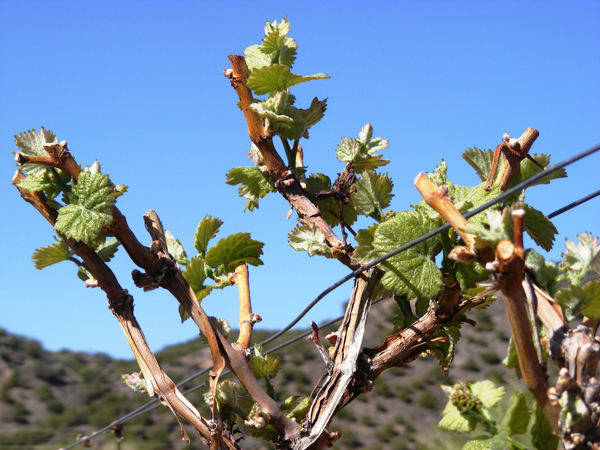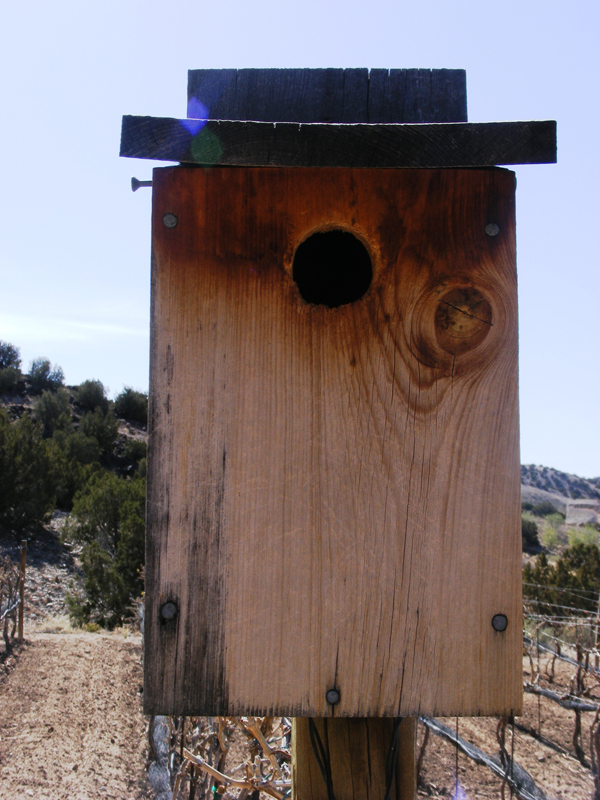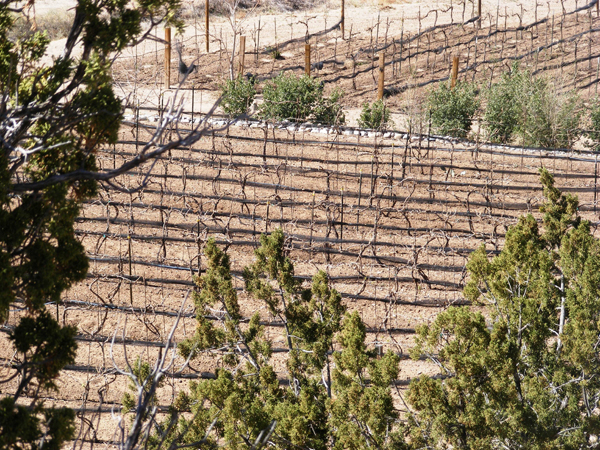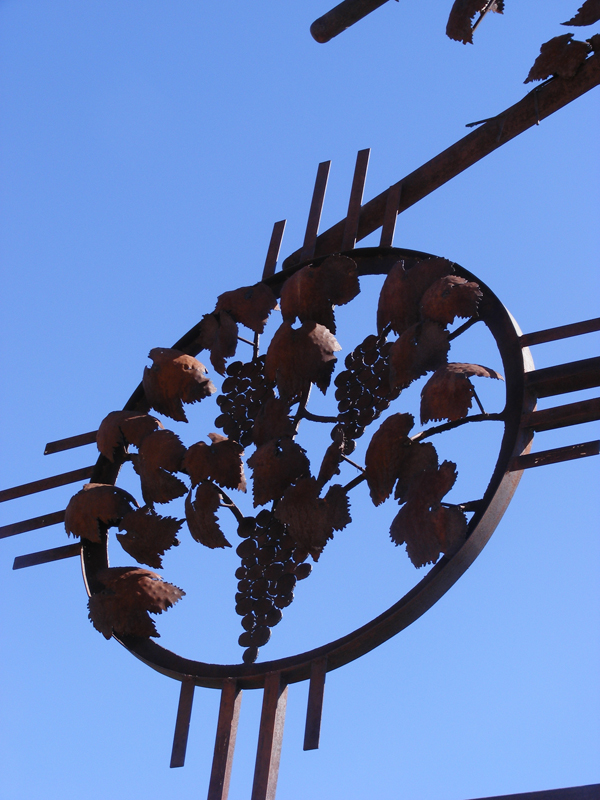Ask any winemaker worth their salt the question, “How do you make great wine?” and they’ll likely reply, “Grow great grapes.” Coincidentally, when one thinks of “great” wine, images of Burgundy, Napa, and Bordeaux, among others, come forth; their collective histories comprising what we’ve come to understand wine should aspire to. Currently, when the conversation of “great” wine comes up, New Mexican wine is hardly mentioned. Although vitis vinifera, or grape vines, were purportedly smuggled into New Mexico by the Franciscan Fray Gracia de Zuniga and the Capuchin Monk Antonio de Arteaga, and planted in 1629 — 140 years before the first vineyards in California — New Mexico wine’s reputation has yet to expand much beyond its borders.
In the past twenty years or so, the French term terroir has grown in significance, and currently it’s seen as a corollary to great grapes. What is terroir? Merely a sense of place. A mix of soils, flora, and fauna, combined with a particular spot’s latitude and longitude. The unique way the sun hits a plot of land. The way the wind courses through it. It’s also a reflection of its human inhabitants, and therefore something high-traffic wine areas have taken into consideration — as is the case with Napa, which has basically turned the valley floor into a natural preserve of sorts.
The good news for New Mexican wine is that New Mexico is rife with terroir, a fact woven into 16th-century Spanish laws regarding the populating and development of America. In 1573 Don Felipe, King of Castille, developed the Ordinances for the Discovery and New Populations in the Indies, a guide for determining which areas in the New World Spaniards should choose to build their settlements. Ordinance 35 of said document stated: “new settlements should be in fertile areas with an abundance of fruits and fields, of good land to plant and harvest, of grasslands to grow livestock, of mountains and forests for wood and building material for homes and edifices, and of good and plentiful water supply for drinking and irrigation.”
At the time, Spain was a leading producer of wine, and Spanish law slyly forbade wine production in the Americas (leading to the Monk’s previously-mentioned transgression). Inadvertently, though, the Ordinances set up an environment that would invariably allow wine to flourish in New Mexico — by making it law to seek out the most fertile land and provide responsible stewardship of it.
Today, the northern Rio Grande is dotted with vineyards producing a dizzying array of grape varietals. The past several decades have been a time of experimentation and discovery, culminating in today’s wine-rich atmosphere. Farmers have sought to establish the right grapes in the right soils with the right rootstock; seeking that magical combination which will consistently produce healthy grapes and, in turn, balanced wines.
The small slip of land along the Rio Grande that runs from Velarde to Dixon, just north of Española, is home to three visionary New Mexican wineries: La Chiripada, Vivác, and Black Mesa. They share a common sense of wonder around the grape, as well as a healthy dose of experience  and resources. The emerging ethos of the area is reminiscent of the vibrant 70’s in the Napa Valley, when Robert Mondavi urged his neighbors to work together to raise the profile of Napa wines. The result of their collective efforts catapulted Napa wines to the forefront, particularly after the infamous “Paris Tasting” of 1976 wherein Napa wines were blind-tasted along France’s best, with Napa winning the majority of the contest. The event indelibly changed the way Americans saw wine — and the reverberations of that epiphany are still being felt today.
and resources. The emerging ethos of the area is reminiscent of the vibrant 70’s in the Napa Valley, when Robert Mondavi urged his neighbors to work together to raise the profile of Napa wines. The result of their collective efforts catapulted Napa wines to the forefront, particularly after the infamous “Paris Tasting” of 1976 wherein Napa wines were blind-tasted along France’s best, with Napa winning the majority of the contest. The event indelibly changed the way Americans saw wine — and the reverberations of that epiphany are still being felt today.
Correspondingly, America’s love affair with wine has spread across the continent, as attested to by the recent publication of wine guru and Oxford Companion to Wine editor Jancis Robinson’s American Wine. The British MW (Master of Wine) relays in her opening pages:
“Over the past three decades, a wine revolution has been taking place across the country, as Americans increasingly enjoy a glass of wine with their meals, vacation in ‘wine country,’ and take immense pride in their regions’ vineyards and wineries. There are now more than 7,000 wine producers in the United States — up from 440 in 1970 — and the boom has been heard around the world. America’s best bottles are every bit as good as the finest wines of Europe.”
 Perhaps it’s Robinson’s words that have New Mexican wineries walking with a bit of swagger lately; but whatever the reason, the confidence is justified, as I can personally attest. Last weekend proved to be another in a series of eye-openers I have experienced in the past several years — the first taking place at Clos Saron in the Sierra Foothills east of Napa, where I had an Estate Pinot Noir that tasted more like Sonoma Coast or Southern Oregon than just outside Nevada City.
Perhaps it’s Robinson’s words that have New Mexican wineries walking with a bit of swagger lately; but whatever the reason, the confidence is justified, as I can personally attest. Last weekend proved to be another in a series of eye-openers I have experienced in the past several years — the first taking place at Clos Saron in the Sierra Foothills east of Napa, where I had an Estate Pinot Noir that tasted more like Sonoma Coast or Southern Oregon than just outside Nevada City.
And then, at Black Mesa down in Velarde this past weekend, co-owner Jerry Burd pulled out an Estate Montepulciano that was elegant and complex — much like a fine Montepulciano d’Abruzzo, from the mountainous Abruzzi region of central Italy — and I was hooked. He followed that up with a Pinot Noir from Nambé that left me shaking my head in disbelief that, not only was it recognizably Pinot, but that it was actually quite good.
The area is still developing, the vines maturing; but for the immediate, trust in the fact that balanced wines are being produced in New Mexico.


